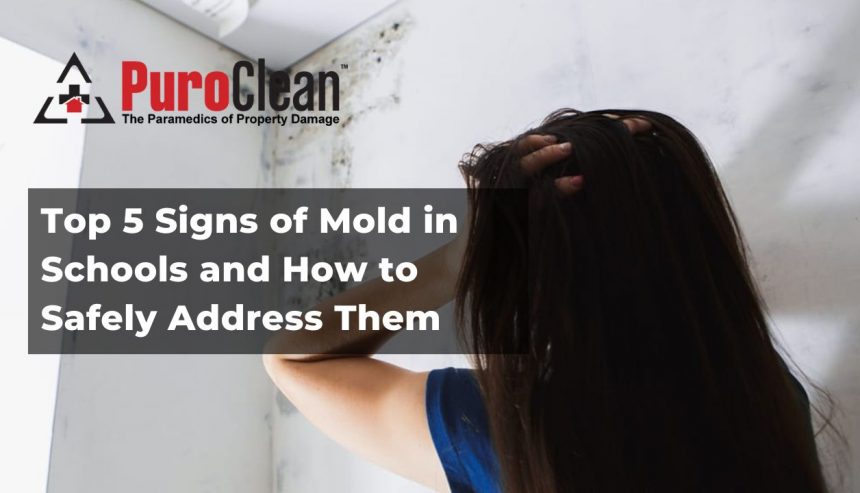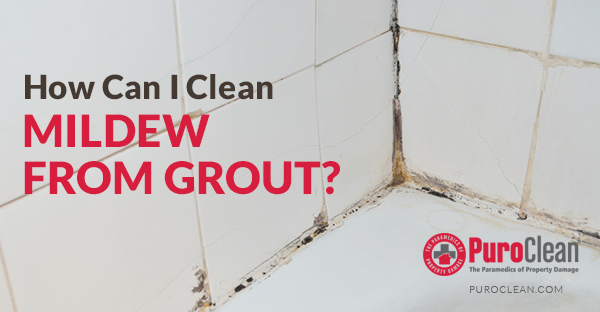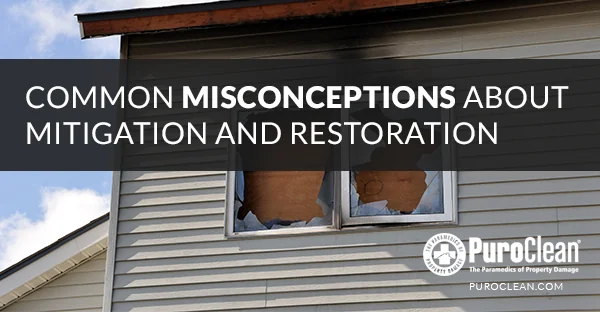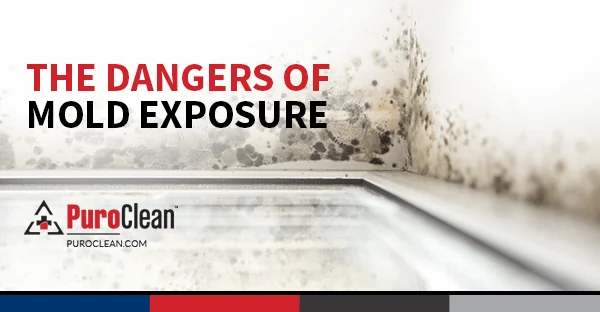Table of Contents
Mold in schools can be a hidden danger, especially in areas like Huntington Park, where humidity levels often contribute to ideal mold growth conditions. Mold growth in schools not only poses health risks to students and staff but can also lead to costly structural damage if left untreated. Identifying mold early is key to preventing these issues.
This blog will walk you through the five most common signs of mold in Huntington Park schools and offer practical advice on how to handle them.
1. Musty Odors
One of the first signs that mold might be lurking in a school is the smell. Musty or earthy odors are often the first clue, especially in areas like bathrooms, basements, or classrooms that aren’t well-ventilated. Mold produces volatile organic compounds (VOCs) that cause these distinct smells, and while the mold may not always be visible, the odor is a clear indicator of a hidden problem.
How to Address It:
If you notice a persistent musty odor, don’t ignore it. Inspect the area thoroughly for leaks, condensation, or any visible signs of mold. If the source is hard to pinpoint or mold is suspected behind walls, it’s essential to call in a professional for mold remediation in schools. PuroClean of Huntington Park offers specialized services in identifying and treating mold in commercial buildings like schools.
2. Visible Mold Growth
Visible mold growth is the most obvious sign and can take various forms, such as black, green, white, or brown spots. In schools, mold may appear on ceilings, walls, or around windows where moisture tends to accumulate. Even small spots can be indicative of a larger problem, as mold spreads quickly in the right conditions.
How to Address It:
Immediate action is critical if you spot mold in classrooms or hallways. Mold on porous surfaces like drywall may require the removal of entire sections, while non-porous materials can often be cleaned. However, cleaning alone is not a long-term solution. Professional remediation ensures that the mold is thoroughly removed and that the source of moisture is addressed to prevent future growth. For comprehensive mold remediation services, local experts like PuroClean of Huntington Park can help ensure that schools remain safe and mold-free.
3. Water Stains and Leaks
Water stains on ceilings or walls are a precursor to mold growth. Leaks from roofs, windows, or plumbing create moisture, which mold needs to thrive. In schools, this often occurs in gymnasiums, science labs, or restrooms where water usage is high. If these leaks are left unaddressed, they can quickly lead to mold infestations.
How to Address It:
Regular maintenance checks are essential in preventing water-related mold issues. School staff should routinely inspect for leaks, especially after heavy rain. Any signs of water intrusion should be addressed immediately. Drying out affected areas within 24 to 48 hours is key to preventing mold. When dealing with existing water damage, professionals who specialize in mold remediation in schools can identify mold growth and stop it before it spreads further.
4. Health Complaints from Students and Staff
Mold spores can cause a variety of health issues, especially in individuals with allergies or asthma. Symptoms such as coughing, sneezing, headaches, and skin rashes that worsen while in the school building are red flags for mold exposure. If multiple students or staff members experience these symptoms, it could be an indication of mold lurking in the environment.
How to Address It:
Addressing health complaints related to mold requires swift action. Conduct air quality testing to confirm the presence of mold spores in the environment. Once mold is detected, schools should implement a remediation plan that includes both cleaning and repairing any water damage. Remediation not only improves the building’s air quality but also ensures a safe learning environment. Read more about the importance of indoor air quality in educational settings at EPA’s official site.
5. Warped or Peeling Paint
Mold can cause walls, ceilings, and other surfaces to warp, crack, or peel. This is a telltale sign that moisture has been present long enough to cause structural damage. In schools, this often happens in older buildings or areas with poor ventilation.
How to Address It:
While it might be tempting to just paint over affected areas, this won’t solve the underlying problem. Mold must be properly removed, and the root cause of the moisture must be repaired. Professionals will not only remove the mold but also restore any damaged areas, ensuring that the issue does not recur.
Why Mold Remediation Is Essential for Huntington Park Schools
Ignoring the signs of mold in schools can lead to significant health issues and costly repairs. Schools are responsible for providing a safe learning environment, and mold poses a serious threat to both students and staff.
The best way to handle mold in schools is through professional remediation.
This ensures not only the complete removal of mold but also the identification and repair of the moisture sources that caused the mold in the first place.
Get Expert Help
If you notice any of these signs in your school, don’t hesitate to seek professional help. With the right expertise, you can eliminate mold and prevent it from returning. Companies like PuroClean provide tailored mold remediation services for schools in Huntington Park, ensuring that both students and staff are safe from the harmful effects of mold. For more information on professional services, visit PuroClean’s website today.
By addressing mold early and properly, schools in Huntington Park can maintain a healthy, safe, and productive environment for all.




 PuroClean of Huntington Park LA
PuroClean of Huntington Park LA